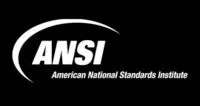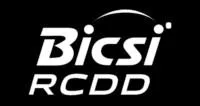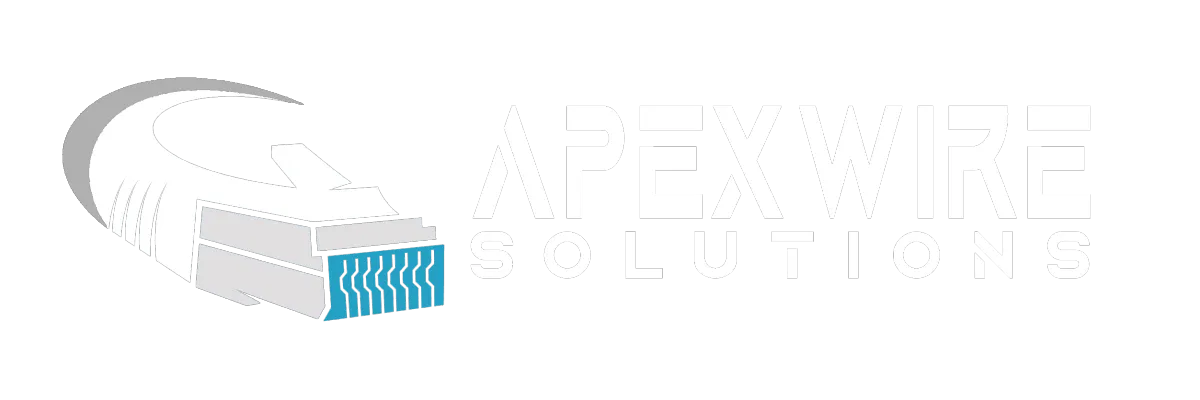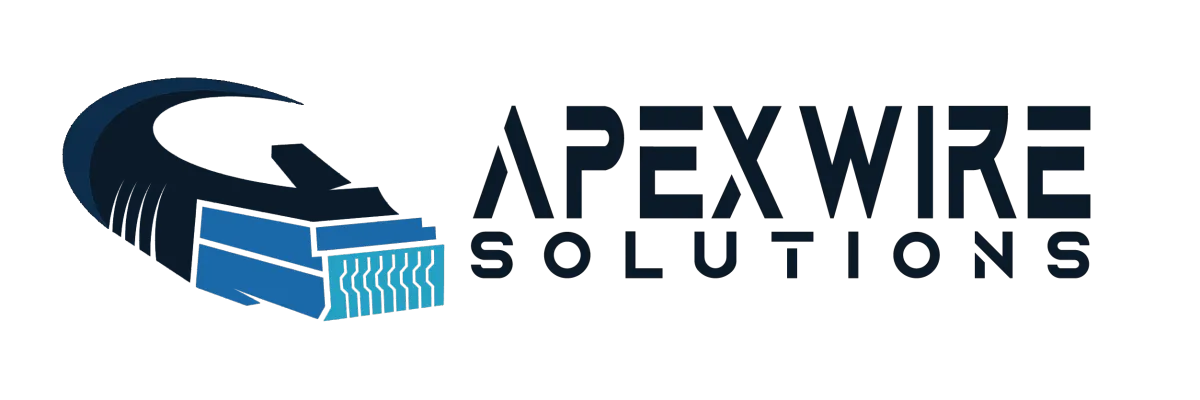
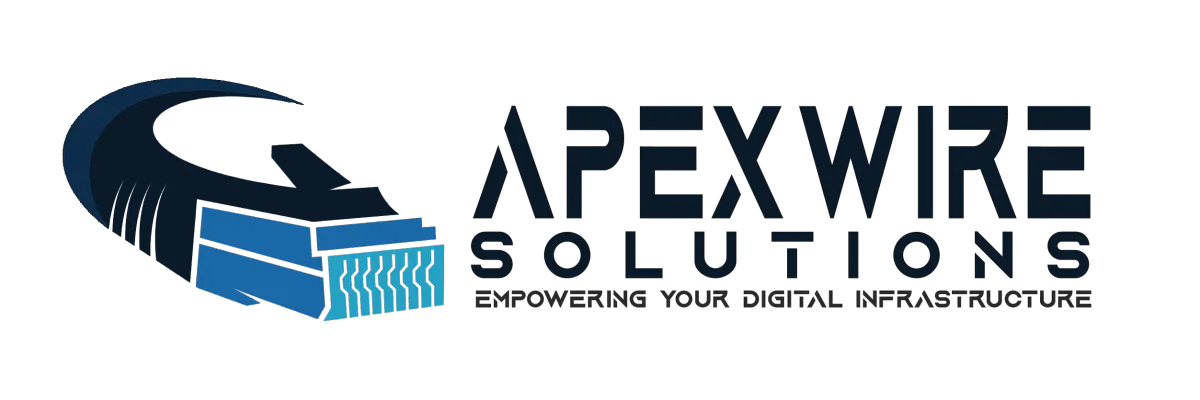
See Our Latest Blogs
understand what we are passionate about
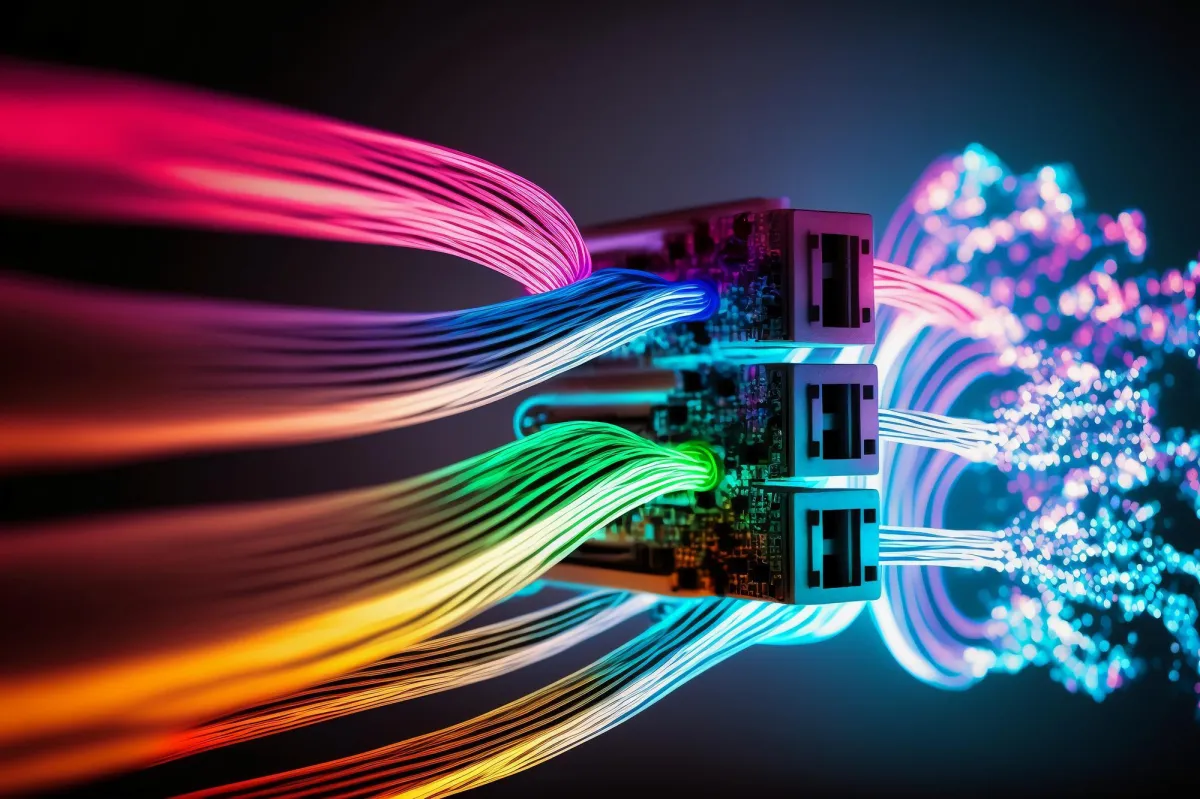
Fiber Optics Cabling
Unleashing the Power of Fiber Optics Cabling
A Guide to Structured Commercial Cabling Applications:
In today's fast-paced digital landscape, the need for efficient and reliable data transmission has never been greater. Whether you're a tech giant managing vast data centers or a small business with growing connectivity demands, the backbone of modern communication infrastructure lies in fiber optics cabling. In this article, we'll delve into the world of fiber optics cabling, exploring its different use cases and classifications in structured commercial cabling applications connecting server rooms and buildings.

Is your system up to date? 👊
Fiber Optics Cabling: A Technological Marvel
Fiber optics cabling is a marvel of modern engineering, revolutionizing the way data is transmitted over long distances. Instead of traditional copper wires, fiber optics relies on strands of glass or plastic to transmit data using light pulses. This technology offers several advantages, making it indispensable for various commercial applications.
Use Cases of Fiber Optics Cabling
High-Speed Data Transfer: One of the primary use cases of fiber optics cabling is high-speed data transfer. In server rooms, where large volumes of data flow continuously, fiber optics ensures rapid transmission with minimal latency. This is crucial for tasks such as real-time data processing, video conferencing, and cloud computing.
Long-Distance Connectivity: Fiber optics excels in providing long-distance connectivity. Whether you need to connect buildings within a campus, across a city, or even globally, fiber optics can transmit data over immense distances without signal degradation. This is particularly valuable for businesses with distributed operations.
Secure Data Transmission: Security is paramount in the digital age, and fiber optics offers inherent security benefits. Unlike copper cables, fiber optics do not radiate electromagnetic signals, making them immune to eavesdropping and data interception. This is critical for businesses handling sensitive information.
Immunity to Electromagnetic Interference (EMI): In server rooms, where multiple electronic devices operate concurrently, EMI can be a significant concern. Fiber optics cabling is immune to EMI, ensuring consistent and reliable data transmission even in noisy environments.

Classifications of Fiber Optics Cabling
Fiber optics cabling comes in various classifications, each tailored to specific commercial applications:
Single-Mode Fiber (SMF): SMF is designed for long-distance transmissions. It uses a single, narrow strand of glass to transmit data. This cabling is ideal for connecting buildings over extended distances, such as in metropolitan area networks (MANs) or wide-area networks (WANs).
Multi-Mode Fiber (MMF): MMF is suitable for shorter distances, typically within a building or campus. It uses multiple strands of glass to transmit data. This cabling is commonly employed in local area networks (LANs) and data centers.
Plenum-Rated Fiber: In commercial settings, safety and compliance with building codes are paramount. Plenum-rated fiber optics cabling is designed for installation in plenum spaces, ensuring it meets fire safety regulations.
Armored Fiber: When fiber optics cabling needs to be installed in rugged or outdoor environments, armored fiber provides added protection. It has a metal sheath that safeguards the cables from physical damage.
Pre-Terminated Fiber: For quick and efficient installations, pre-terminated fiber optics cabling comes with connectors already attached, reducing installation time and potential errors.
Dark Fiber: Some organizations opt for dark fiber, which refers to unused optical fibers in a cabling network. Companies lease or purchase dark fiber to have full control over their network capacity and scalability.
Conclusion
In the world of structured commercial cabling applications, fiber optics cabling shines as the backbone of modern connectivity. Its remarkable capabilities, ranging from high-speed data transfer to immunity to interference, make it an indispensable tool for businesses of all sizes. By understanding the various use cases and classifications of fiber optics cabling, organizations can make informed decisions to build robust and future-proof communication infrastructure, connecting server rooms and buildings with efficiency and reliability. Embracing this technology is not just an investment in today's needs but also a forward-looking strategy to meet the demands of tomorrow's digital landscape. For resilient, reliable, and cost-effective cabling solutions, businesses seeking top-tier expertise should turn to the proficient hands of ApexWire Solutions.
